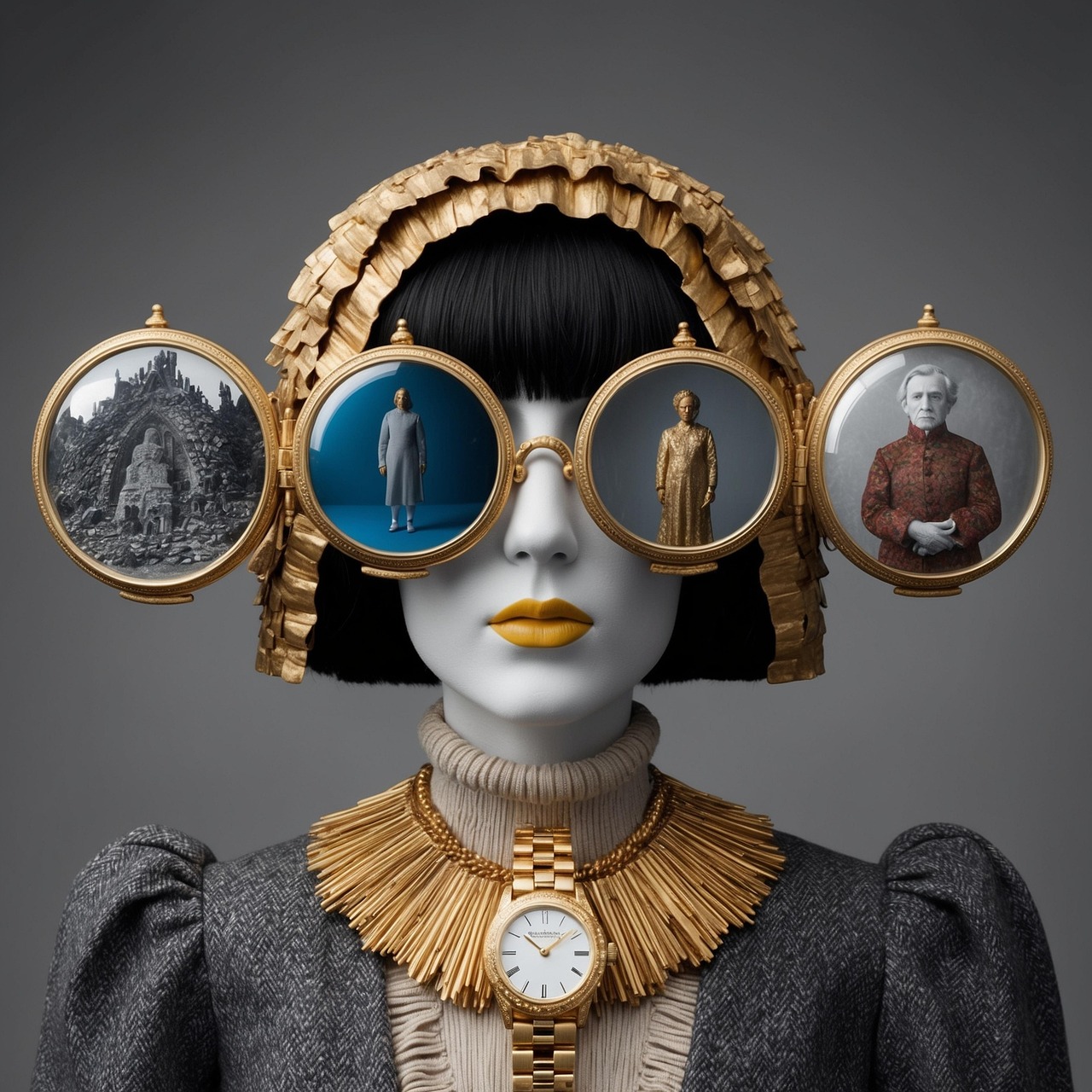The Situational Self

A core Buddhist teaching is that of “no self”. It suggests that while we may feel like we have a fixed persistent self, or soul - this is not actually true - we don’t have one.
This proposition can often lead to two different responses: on the one hand, a sceptic might argue that we clearly have a soul, and that the proposition is preposterous. A believer might believe the words, but be confused as to what it means in practice.
The Odoki Method heads directly into this territory - exploring the assumptions we make about ourselves, the “me” that is doing everything in our lives.
Over the last year or so, I’ve noticed myself slowly diverging from a strict Buddhist take. The term “no self” itself lends itself to a range of misinterpretations that lean towards philosophical interpretations rather than experiential shifts. This can easily lead to more ideas with no impact on our tendency to suffer.
What landed for me recently, whilst working with a client, is that the self is “situational”. For some time, I’ve been talking about how, whenever we experience a situation, we experience a felt response to that situation, in the body. So, you could say, our feelings, our emotions even, are situational. They depend upon the situations in which we find ourselves.
The realisation that the self is situational is a natural extension of this. Whilst we might think we have a single, persistent self in there, somewhere (which we haven’t entirely yet found), the reality is that our brain creates one for every situation it finds itself in.
This is surprisingly easy to see in experience, and can be demonstrated with a simple exercise.
Sit down in a chair. Then notice yourself sitting. Check who is doing the sitting. Where do you locate that sense of yourself in your body?
Now let’s do a little maths. Bring to mind the numbers 11 and 23. You’re going to add them together. Check who is going to do the maths? Where is that self located in the body?
Are these two in the same place? Or are they located in different places?
Chances are, they’re in different places, because these two scenarios are very different - so the situational self generated for that scenario is different in each case.
The implications of this are quietly significant.
We tend to create an “aggregated self”, where we conjoin similar senses into a singular thing. This is useful - until it isn’t. At some point, life will challenge this view, and we will find ourselves naturally compelled to defend it, or explain it, or justify it. This can lead to a judgemental inner dialogue where we are constantly assessing whether we’re good enough (or telling ourselves we aren’t).
Simple exercises to see that the sense of self is situational can immediately impact this. Once we see this for what it is, in experience, this judgemental “narrative self” can fall away and the mind becomes quieter and more naturally inclined to keeping us safe and well.